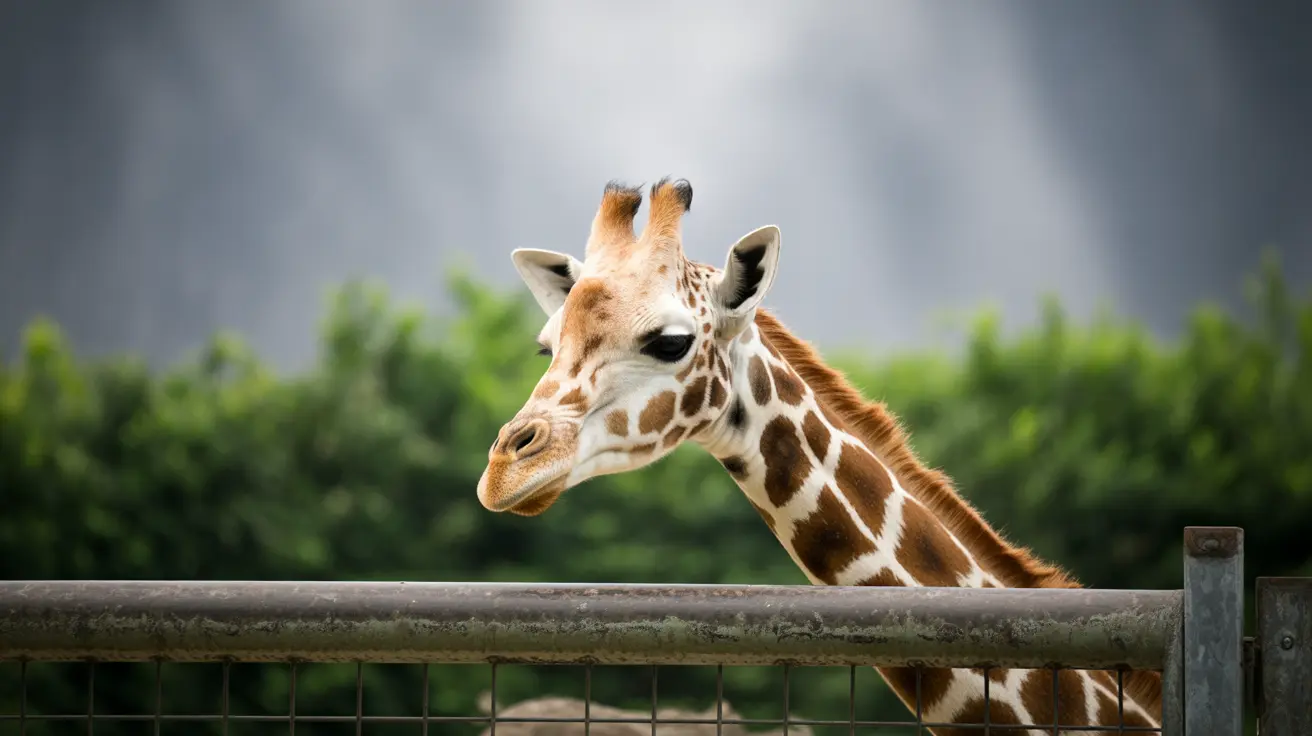Zoo Conservation Meets Prairie Restoration
The partnership between Omaha Henry Doorly Zoo and Folsom Point Preserve exemplifies modern conservation practices that benefit multiple stakeholders. By allowing zoo animals to consume invasive plants, the program addresses two critical needs: managing unwanted vegetation and providing nutritious browse material for zoo residents.
Eco-Friendly Removal Methods
Rather than relying on chemical herbicides or mechanical removal, this natural approach to invasive species management demonstrates how animal browsing can be an effective control method. This technique aligns with growing interests in sustainable and environmentally friendly conservation practices.
Benefits to Prairie Ecosystem Conservation
The removal of invasive woody plants is crucial for maintaining healthy prairie ecosystems in the Midwest. When left unchecked, these non-native species can:
- Outcompete native prairie plants
- Alter natural habitat structures
- Reduce biodiversity
- Disrupt local wildlife patterns
Animal Enrichment Through Natural Browse
The program provides zoo animals with varied dietary options that mirror their natural feeding behaviors. This type of enrichment is vital for maintaining both physical and psychological well-being in captive animals.
Managing Invasive Species with Animals
The practice of using animals for vegetation management is not new, but its application in modern conservation represents an innovative fusion of traditional methods with contemporary wildlife care. This approach demonstrates how conservation goals can align with animal welfare objectives.
Nature Conservancy Collaboration
The partnership showcases how different organizations can work together to achieve shared environmental goals. By combining resources and expertise, these institutions create more effective solutions for habitat management challenges.
Frequently Asked Questions
How does Omaha's Henry Doorly Zoo use animals to control invasive plants at Folsom Point Preserve?
The zoo incorporates harvested invasive plants into their animals' diet programs, allowing the animals to naturally process vegetation that would otherwise harm the prairie ecosystem. This provides a sustainable solution for both invasive plant control and animal nutrition.
Why is managing invasive woody plants important for prairie ecosystems in the Midwest?
Managing invasive woody plants is crucial because these species can overwhelm native prairie vegetation, reducing biodiversity and altering natural habitat structures that local wildlife depends on. Proper management helps maintain the ecological balance of prairie ecosystems.
How does feeding invasive plant material benefit the zoo animals' health and enrichment?
Incorporating browse from invasive plants provides zoo animals with varied dietary options that more closely match their natural feeding behaviors. This diversity in diet contributes to better physical health and mental stimulation, enhancing overall animal welfare.
Conclusion
This innovative approach to invasive plants control demonstrates how conservation challenges can be addressed through creative solutions that benefit multiple parties. The collaboration between Omaha's Henry Doorly Zoo and Folsom Point Preserve sets an example for other institutions looking to implement sustainable environmental management practices while enhancing animal care programs.
The success of this program highlights the potential for similar initiatives across other regions, showing how zoo animals can play an active role in ecosystem management while receiving enriching dietary experiences. As conservation efforts continue to evolve, such partnerships may become increasingly important in maintaining healthy prairie ecosystems for future generations.






